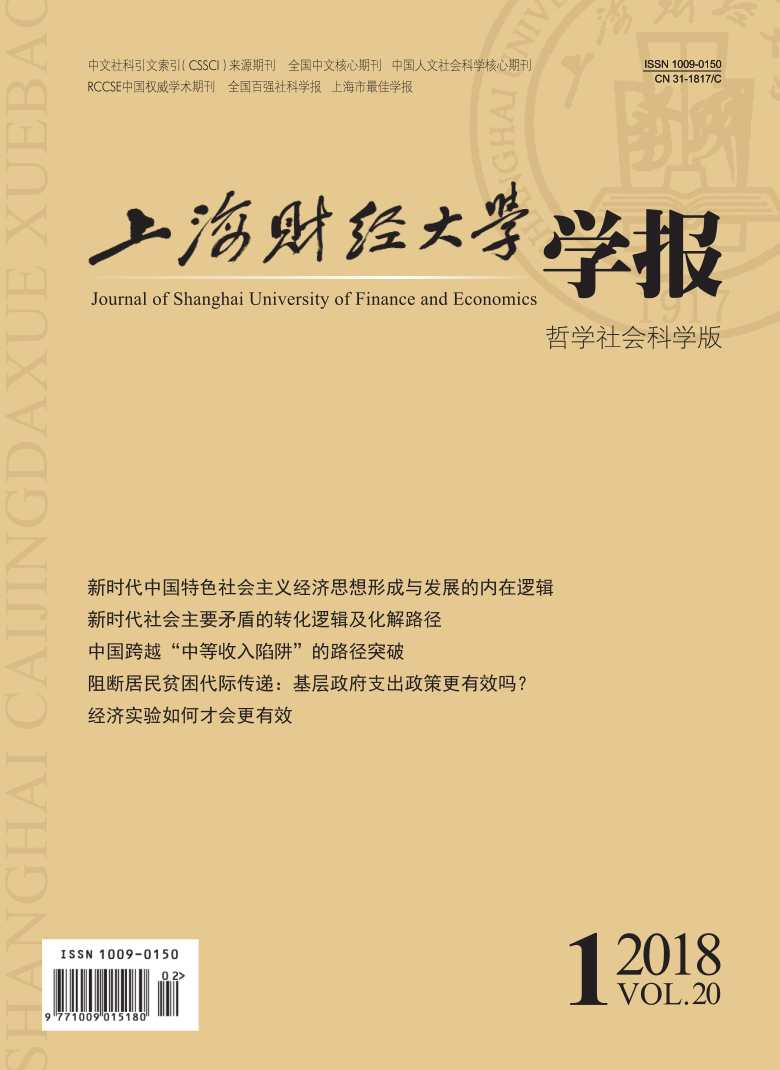Trademark use has a fundamental position in the theory and practice of trademark infringement. However, due to the concept abstraction and the generality of the provisions of the law, the component status and definition methods of infringement use have been vague. The research on the independent status of trademark use can be carried out in three aspects: whether commercial behavior can act as a component of trademark infringement, the normative value of trademark use in the constitution of trademark infringement, and the normative connotation of trademark use in the constitution of trademark infringement. First of all, trademark use is different from commercial behavior, as both have different judgment methods and legal nature. The definition of commercial behavior is only the first step to determine trademark use, not an independent element of trademark infringement. Based on commercial behavior, the judgment of trademark use needs to further determine whether it plays a role in " identifying the origin of goods”. Commercial behavior and trademark use have different legal nature, belonging to factual and legal issues respectively. Secondly, it can be found out from the history of trademark infringement relief that trademark use is the traditional form of trademark infringement relief. Trademark use in the sense of non-source identification does not belong to the control of trademark rights. From the system point of view, trademark use is the standard distinguishing trademark infringement and unfair competition, as well as distinguishing direct and indirect trademark infringement. Once constituted trademark use, it falls into the category of direct trademark infringement, without regard to the perpetrators’ subjective fault. Finally, it is necessary to examine the connotation of the various elements of trademark infringement and their relationship with each other, and thus to draw a clear line between trademark use, the likelihood of confusion and the plea of fair trademark use. On the one hand, the relationship between trademark use and the likelihood of confusion belongs to the causality; trademark use is behavior-oriented and may increase litigation efficiency; the likelihood of confusion is factually dependent and is not suitable for the early settlement of litigation. On the other hand, " fair use”, " descriptive use” and " non-trademark use” cannot replace or absorb each other in content and purpose. The fair use system serves the multiple legislative purpose of trademark law.
 / Journals / Journal of Shanghai University of Finance and Economics
/ Journals / Journal of Shanghai University of Finance and EconomicsJournal of Shanghai University of Finance and Economics
LiuYuanchun, Editor-in-Chief
ZhengChunrong, Vice Executive Editor-in-Chief
GuoChanglin YanJinqiang WangWenbin WuWenfang, Vice Editor-in-Chief
On Independent Status of Trademark Use in Trademark Infringement Judgment
Journal of Shanghai University of Finance and Economics Vol. 20, Issue 01, pp. 130 - 139 (2018) DOI:10.16538/j.cnki.jsufe.2018.01.010
Summary
References
Summary
Cite this article
Liu Wei. On Independent Status of Trademark Use in Trademark Infringement Judgment[J]. Journal of Shanghai University of Finance and Economics, 2018, 20(1): 130–139.
Export Citations as:
For




 7952
7952  8591
8591

